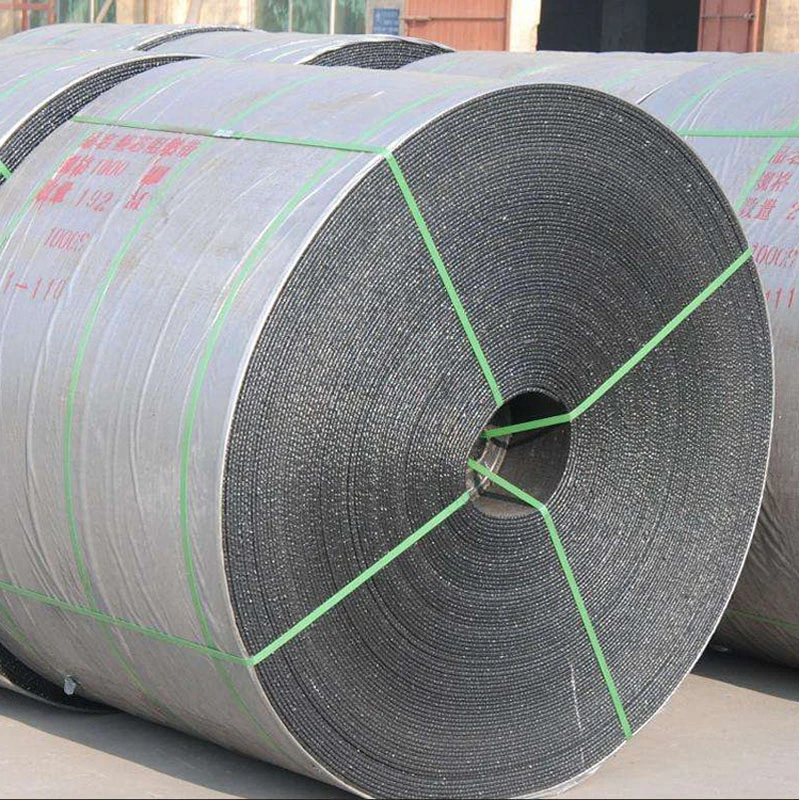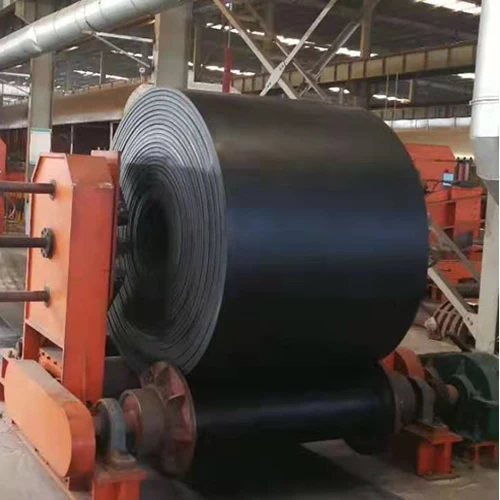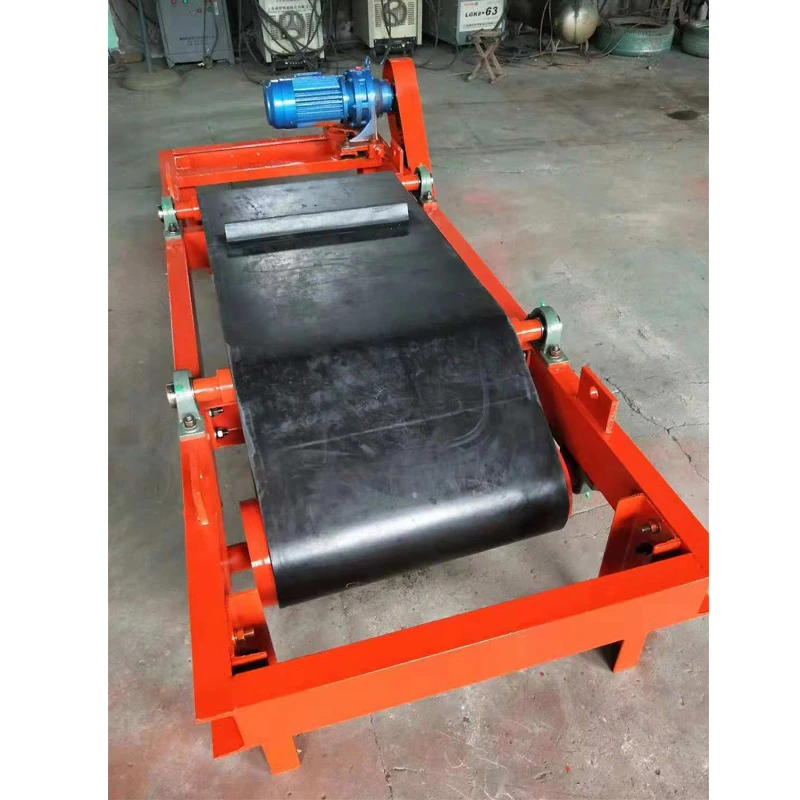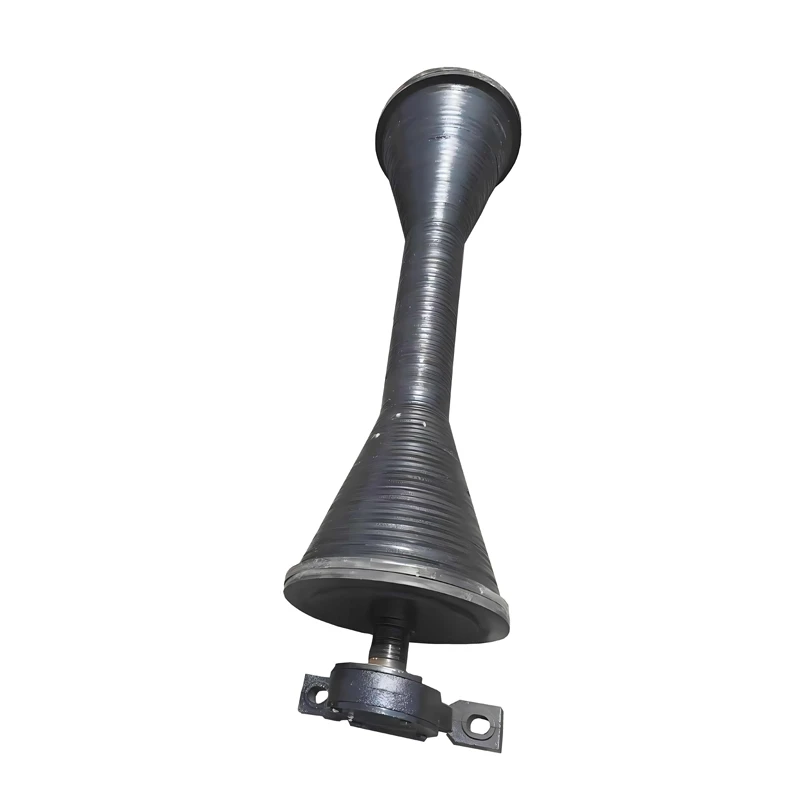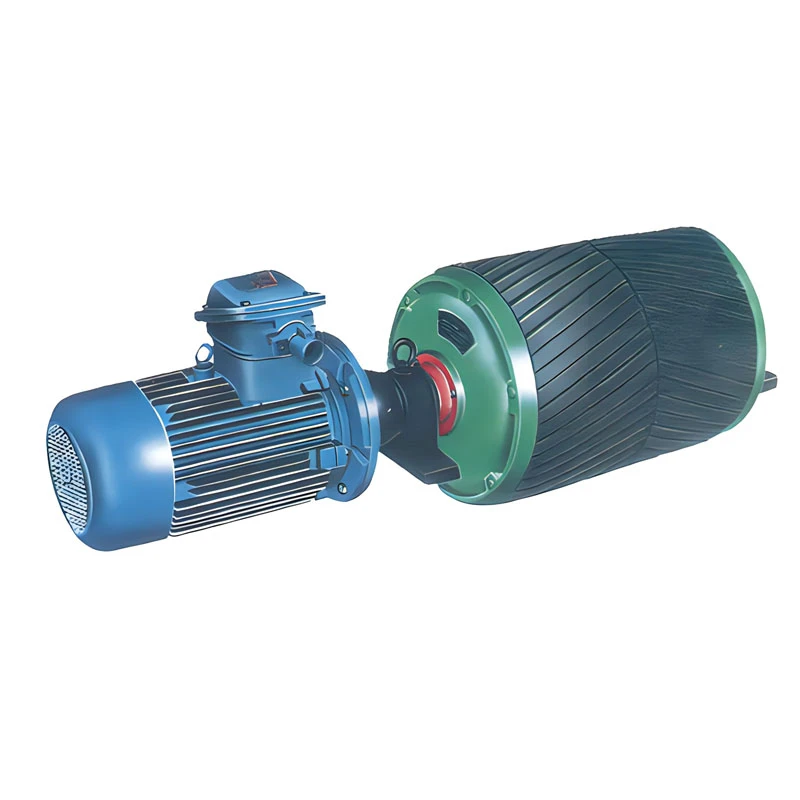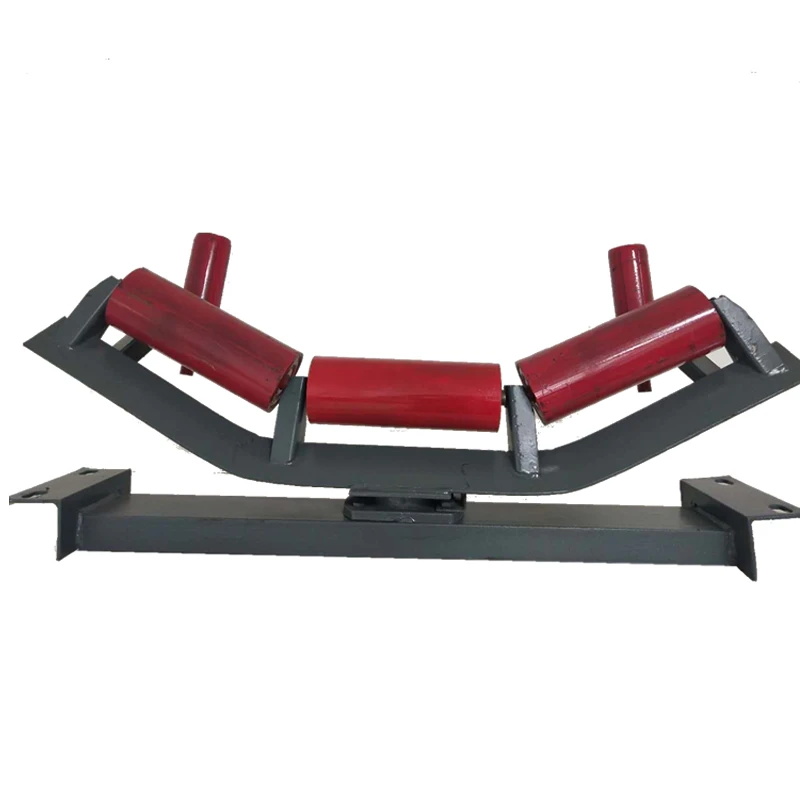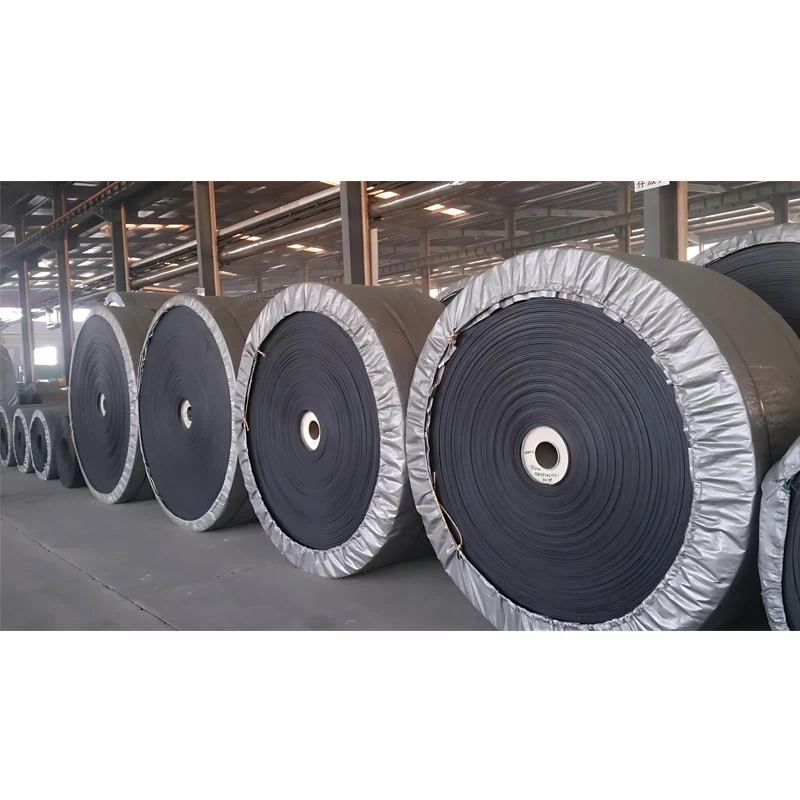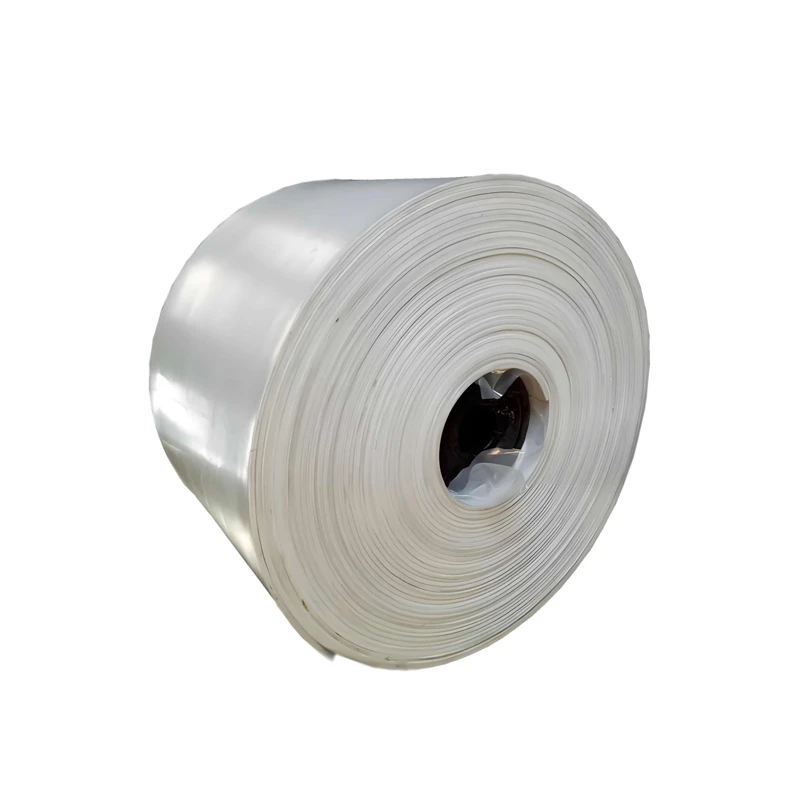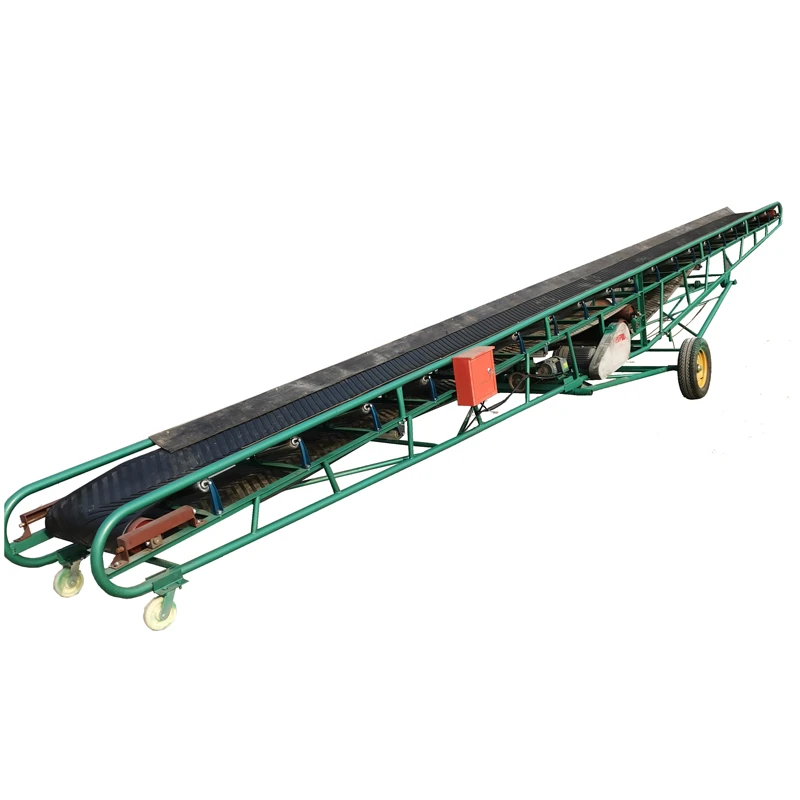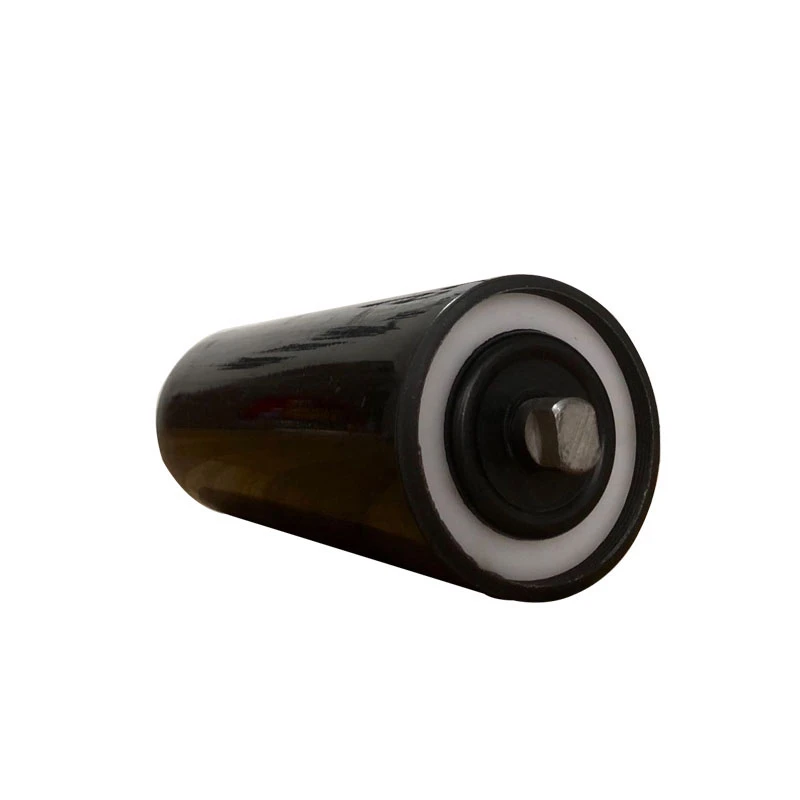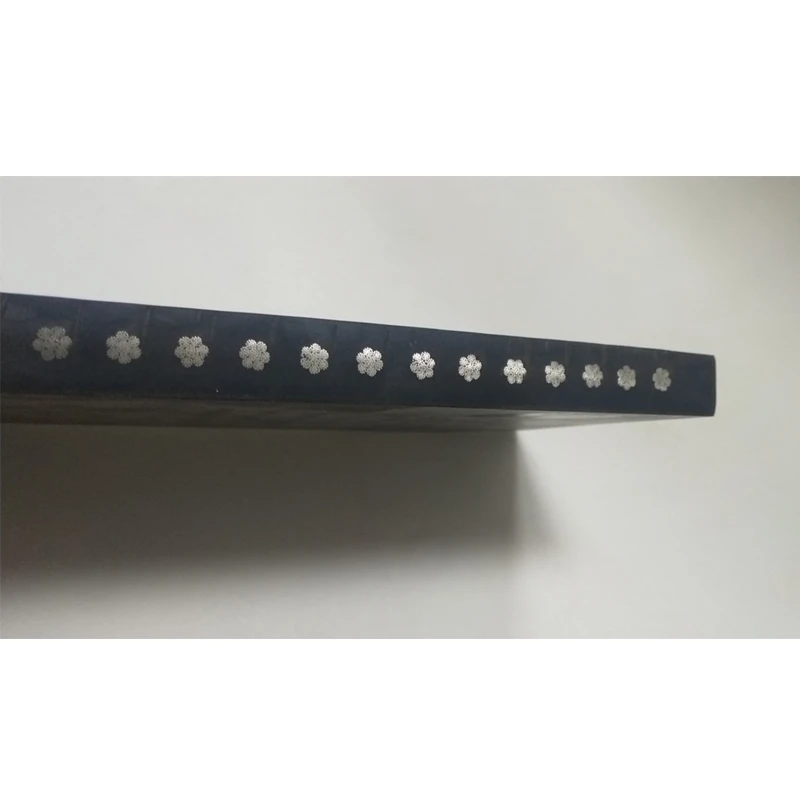- The Foundational Role of Conveyors in Stone Processing
- Technical Specifications Impacting Stone Handling Efficiency
- Performance Metrics: Throughput, Wear Resistance, and Load Capacity
- Manufacturer Comparison: Durability vs. Cost Analysis
- Custom Engineering Solutions for Unique Operational Challenges
- Real-World Applications Across Mining and Quarrying Operations
- Optimizing Conveyor Selection for Productivity Gains
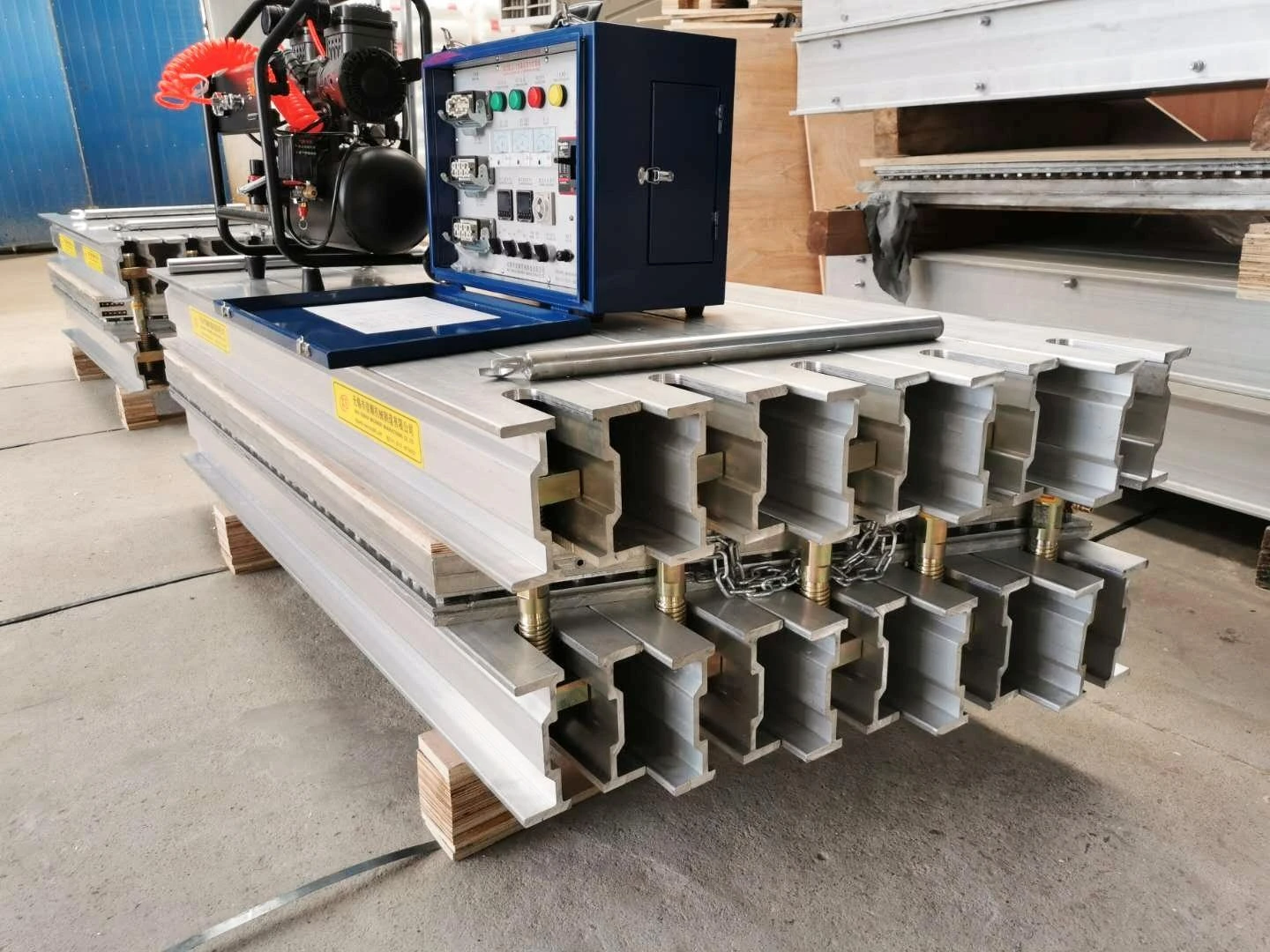
(stone conveyors)
The Critical Role of Stone Conveyors in Modern Aggregate Processing
Modern stone processing facilities rely on conveyors as operational backbones, transporting 200-2000 tons of material hourly between crushing stages. Conveyor systems specifically engineered for stone handling prevent bottlenecks that can reduce plant output by up to 35%. These systems must withstand continuous abrasion from materials averaging 6-7 on the Mohs hardness scale. As primary crushers discharge coarse aggregate at temperatures exceeding 140°F, specialized components like impact beds and reinforced skirtboards become essential infrastructure protecting downstream components.
The transition to multi-stage crushing operations demands seamless material transfer. When conveyors fail to maintain consistent flow rates below 5m/s, material accumulation can trigger equipment shutdowns that cost operations $1,500-$8,000 per hour in lost production. Effective stone conveyors
incorporate primary and secondary cleaners to address the unique challenge of high-adhesion particulate matter and slurry formations common in limestone processing, maintaining 98.7% material retention.
Technical Specifications Driving Stone Handling Efficiency
Conveyor specifications directly dictate system resilience under stone processing conditions:
- Belt Tensile Strength: ST3500-SS5000 ratings to handle peak loads of excavated granite (average density: 2.65g/cm³)
- Idler Roller Ratings: CEMA E/F class idlers supporting 500-2500kg dynamic loads at 10° incline angles
- Impact Resistance: Triple-layered belt covers absorbing kinetic energy from 30kg rocks dropped at 3m height
- Frame Engineering: Reinforced carbon steel structures resisting deflection exceeding 0.0033 radians under full capacity
Advanced vulcanization techniques create splice joints maintaining 95% of original belt strength, while urethane lagging on drums enhances friction coefficients to 0.43 on wet surfaces. These specifications enable continuous operation with ≤0.2% material spillage across 10km+ transfer distances common in quarry operations.
Quantifying Performance Metrics Across Operational Conditions
Field testing reveals critical performance variations based on component specifications:
| Parameter | Standard Roller | Impact Roller | Heavy-Duty Roller |
|---|---|---|---|
| Mean Time Between Failures (MTBF) | 8,300 hours | 15,700 hours | 22,500 hours |
| Deformation Under 1,200kg Load | 3.8mm | 1.2mm | 0.3mm |
| Power Consumption per Meter (kW) | 0.75 | 0.84 | 0.68 |
| Noise Emissions at 5m (dB) | 84.3 | 81.6 | 76.2 |
Belt longevity varies dramatically with cover compound selection: Standard SBR rubber lasts 5-9 months handling trap rock, while multi-layered rubber-PVC hybrid belts exceed 24 months service life at comparable costs. Thermal imaging confirms engineered rollers maintain <82°C surface temperatures at 800tph capacities, preventing premature bearing failure.
Manufacturer Comparison: Engineering Specifications vs Cost Efficiency
| Component Specification | Economy Grade | Mid-Tier | Premium Industrial |
|---|---|---|---|
| Roller Wall Thickness | 3.2mm | 4.8mm | 6.4mm |
| Maintenance Interval | 120 hours | 300 hours | 800 hours |
| Impact Zone Design | Single-row rollers | Hexagonal pattern | Energy-absorbing discs |
| Cost per Linear Meter | $185 | $320 | $495 |
| MTBF Differential | -100% | Baseline | +71.4% |
Premium conveyor systems demonstrate lower total operating costs despite higher initial investment: A 60m premium stone conveyor handling basalt showed $17,200/year savings versus economy systems when accounting for component replacement, energy consumption, and production downtime. Wear-resistant alloys like AR400 in rollers increase service life 3.2x compared to standard carbon steel components.
Tailored Engineering Solutions for Site-Specific Challenges
Custom configurations solve unique operational constraints:
- Inclined Conveyance (18°-28°): Chevron belts with 25mm cleats prevent material rollback achieving 98tph rates on dolomite transfer
- Sharp Curvature Handling: Radii as tight as 15m achieved through dual-axis rotating idler frames
- Wet Processing Environments: Food-grade silicone scraper blades reduce material adhesion by 62%
- Volcanic Rock Handling: Tungsten-carbide reinforced rollers withstand 7.5g/cm³ density material abrasion
Engineering analysis for Vermont marble quarry demonstrated curved belt alignment reduced transfer tower costs by 47% while accommodating existing infrastructure. For Chilean copper mines, electromagnetic separators integrated into the conveyor structure removed 99.2% tramp metal without separate processing stages.
Case Studies: Production Outcomes in Demanding Environments
Norwegian Granite Quarry: Implementation of 1.4m-wide steel cord belts with ST6800 tensile rating resolved chronic snap failures, increasing availability from 81.7% to 98.4% while handling 1,250tph. Ceramic lagging on drive pulleys extended maintenance cycles from bi-weekly to quarterly intervals.
Texas Limestone Operation: After retrofitting conveyor impact zones with suspended rubber discs, fines generation reduced from 15.2% to 7.3% of output. This increased premium aggregate yield by 8.1%, adding $2.8M annual revenue at equivalent extraction volumes. Dual-sprocket tensioners eliminated seasonal belt slippage issues that previously caused 100+ annual stoppages.
Strategically Selecting Stone Crusher Conveyor Systems
Optimal conveyor design balances capital investment against total operational lifetime. Data reveals that spending 22-35% more on superior roller and belt components typically delivers 300-450% ROI through 5-year operations. Critical assessment factors include:
- Abrasion resistance requirements based on material SiO₂ content (sandstone 90% vs marble 3%)
- Environmental factors like temperature extremes that degrade rubber compounds 40% faster
- Peak impact forces generated at transfer points (calculated by material drop height × density)
Integrating stone conveyors with crusher automation systems creates substantial efficiency gains: Minnesota taconite plant achieved 18% throughput increase via synchronized variable frequency drives that maintained optimal crusher load. Implementing real-time belt alignment monitoring further reduced unplanned downtime by 63% across 12 operating months.
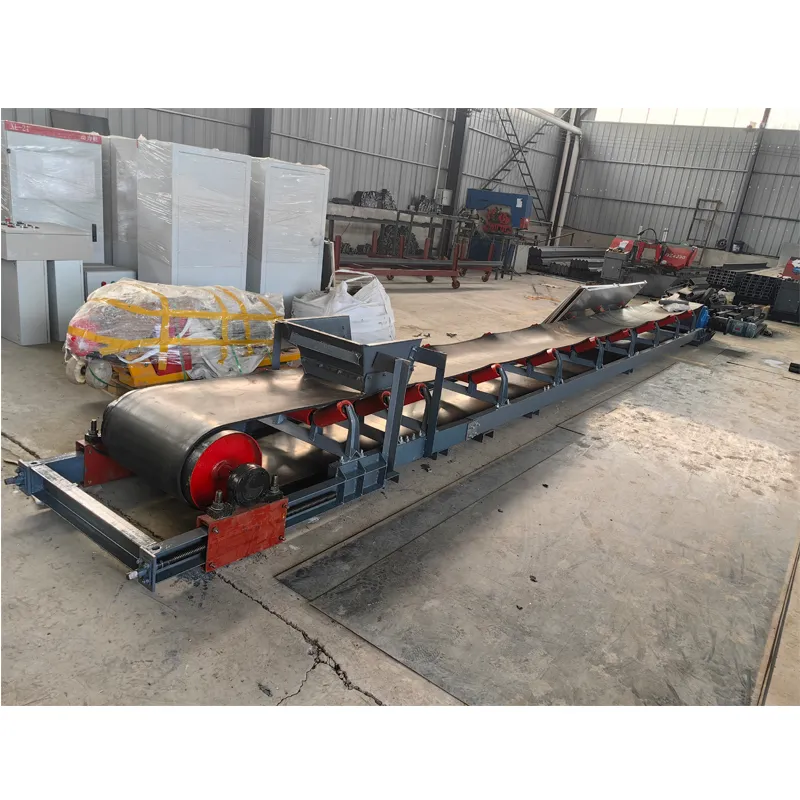
(stone conveyors)
FAQS on stone conveyors
Stone Conveyor Basics
Q: What are stone conveyors primarily used for?
A: Stone conveyors transport rocks and aggregates between processing stages. They optimize material handling efficiency in quarries and mining sites. This includes moving materials to crushers or stockpiles.
Conveyor Roller Functionality
Q: What role do stone crusher conveyor rollers play?
A: Stone crusher conveyor rollers support and guide the belt under heavy loads. They reduce friction and absorb impact from sharp stones. Proper roller selection prevents belt slippage and material spillage.
Belt Material Properties
Q: How are stone crusher conveyor belts reinforced against damage?
A: Conveyor belts use multi-layered rubber with steel cord/fabric cores. Rip-resistant designs include thicker top covers and anti-abrasive compounds. These features withstand sharp rock edges and high-tension crushing operations.
Maintenance Best Practices
Q: How should operators maintain stone conveyor systems?
A: Regularly inspect rollers, belts and alignment to detect wear early. Clean debris from pulleys and tension components monthly. Immediate replacement of cracked rollers or torn belts prevents costly failures.
Safety Operation Rules
Q: What critical safety rules apply to stone conveyor operation?
A: Always shut down power before clearing jams or performing maintenance. Install emergency pull cords along the conveyor length. Enforce strict "no standing on conveyors" policies during operation.

